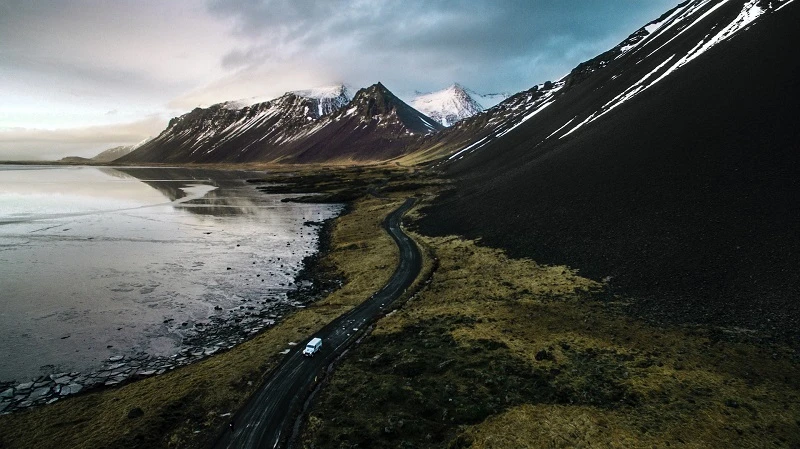
Iceland, the Land of Fire and Ice, is a land of extremes. This remote island is a visual feast, with the midnight sun, the Northern Lights, stunning volcanic vistas, and fantastic fauna. The best time to visit Iceland will largely depend on what you want to experience there because the seasons vary so greatly this far north.
However, no season should be overlooked because there is always something interesting to observe. Iceland is off the beaten road for tourists, but some activities and times of year draw significant crowds, so reservations should be made well in advance.
Travelers from all over the world are drawn to Iceland by its magnificent landscape and incredible natural treasures.
Winter is the season for polar activities, such as seeing the northern lights or taking a swim in a geothermal pool like the renowned Blue Lagoon – or somewhere more off the beaten path.
Summer days draw masses who want to road-trip, trek, or party their way through the limitless daylight.
If you need assistance choosing the ideal time to visit Iceland to have the experience of a lifetime, continue reading.
We’ve compiled all the information to assist you in picking the ideal time that strikes the ideal balance between cost, climate, and people. Here’s how to choose the ideal time for your upcoming Iceland holiday, from the major events to the less busy off-season.
Iceland weather conditions
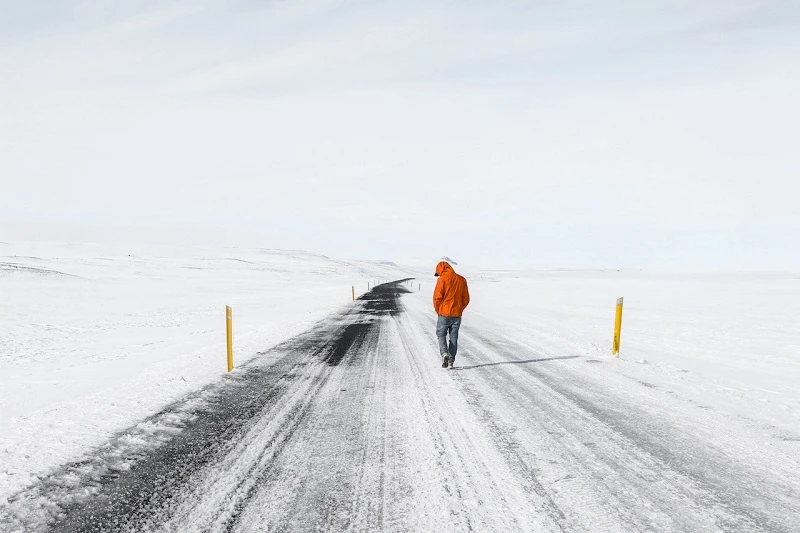
The finest months for road vacations and hikes are from June to August.
The nicest weather of the year, with long, bright days, draws large numbers of tourists, especially to Reykjavik and the south. Pre-bookings are required because prices are at an all-time high.
You will be rewarded with limitless daylight, a tonne of events, and a tonne of outdoor activities even though it is busier and more expensive. The best time of year for hikers is when the highland mountain routes open to 4WDs in mid-June or later.
The ideal months to avoid crowds are May and September.
In the highlands, these months bring chillier weather and sporadic snowfall. The use of mountain roads is dependent on the weather. However, if you prefer sparser crowds and more affordable costs to clear days, now is the best time to visit.
The best periods for a low-cost vacation are in May when the days start to become longer but before the peak tourist season begins, and in September when the weather turns and there are fewer visitors.
The greatest period to view the northern lights is from October through April.
Mountain roads are blocked throughout the winter, and some minor routes are closed because of the weather. But there are lots of wintertime activities available, such as skiing, snowshoeing, and exploring ice caverns.
There are small periods of sunshine, but the lengthy evenings promise amazing natural light displays. To increase your chances of viewing the northern lights, pay attention to the weather prediction.
Although Reykjavk’s New Year’s Eve is growing in popularity among tourists, be advised that some hotels close between Christmas and New Year.
Best time to visit Iceland for Northern Lights
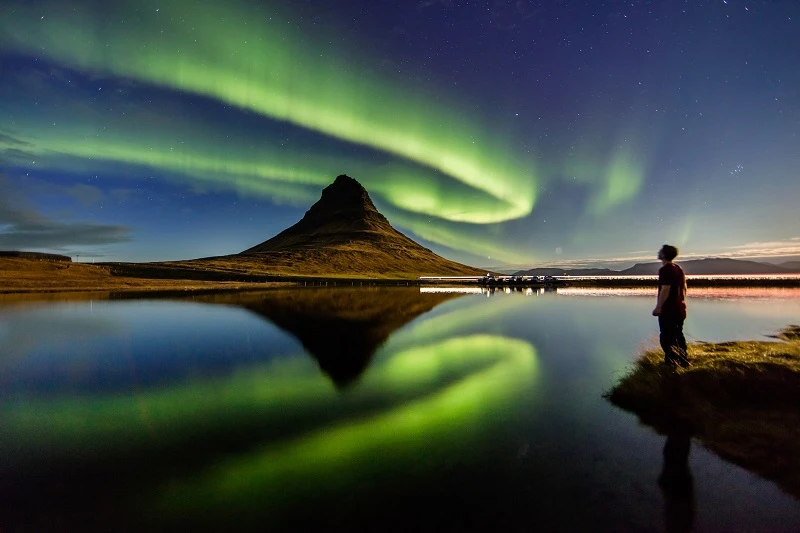
Iceland is frequently visited for the entrancing Northern lights (aurora borealis), also known as the Northern lights. The winter months are dark, making it easier to witness this amazing occurrence, while the distances between cities here make it easier to avoid light pollution.
There is always a slight possibility that you could miss the Northern Lights because, like most natural events, estimating their visibility is not an exact science.
Although there isn’t much you can do to encourage a solar flare or solar wind to boost your chances of witnessing the aurora, you can schedule your vacation during a period when there is a higher possibility that you will.
It is typically dark enough to see the Northern Lights from late March until September. The best months are those with little to no precipitation since clouds are the last thing you want.
Your chances of viewing the Northern Lights are higher in October and November because of the long nights and low likelihood of cloud cover. The Northern Lights can also be seen in February and March, but there is a minor increase in the likelihood of cloud cover during those months.
Best Time to Travel the Golden Circle
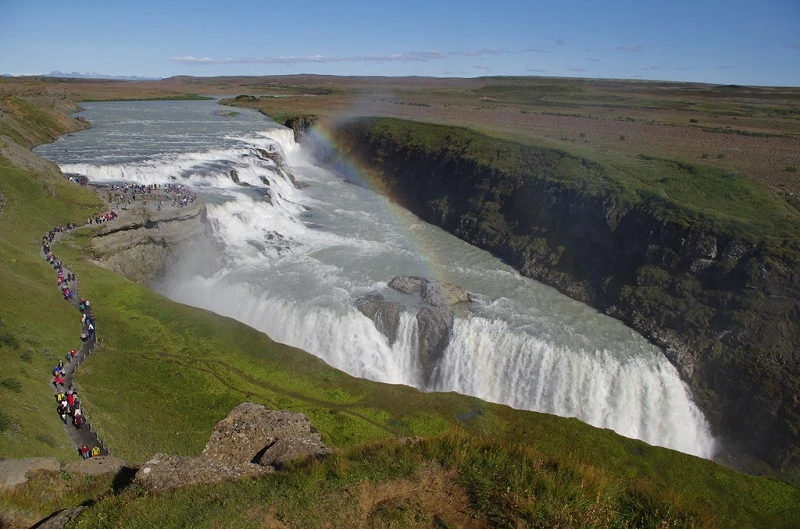
As the name implies, the Golden Circle is a circumferential route that leaves Reykjavik and passes through some of Iceland’s most breathtaking scenery. The majority of Iceland tours start and end here.
Thingvellir National Park, the Geysir geothermal area, and the Gullfoss waterfall are three of the country’s main attractions, along with a tonne of other little-known jewels.
You can complete the trip in a single day, or you can take your time and see some of the less well-known but still intriguing places along the way. A self-drive excursion at your leisure can be much more satisfying than a scheduled group tour, which can have you back at your hotel before an entire workday has passed.
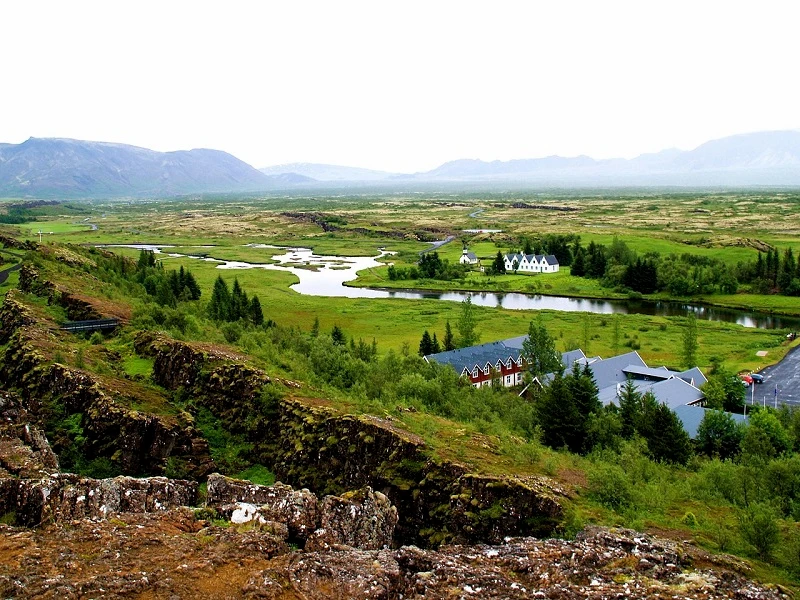
While the long days and comfortable weather of the summer make it great for touring, it also has its drawbacks, including coachloads of other tourists. Accommodations along the way can be expensive if you’re doing a self-drive at this time of year.
Naturally, traveling the Golden Circle in the winter will give you an entirely different view of the scenery. Even though it will be freezing, you might be rewarded with views of the Northern Lights. The waterfall at Gullfoss will be frozen and mesmerizingly stunning at this time.
Cheapest Time to Go to Iceland
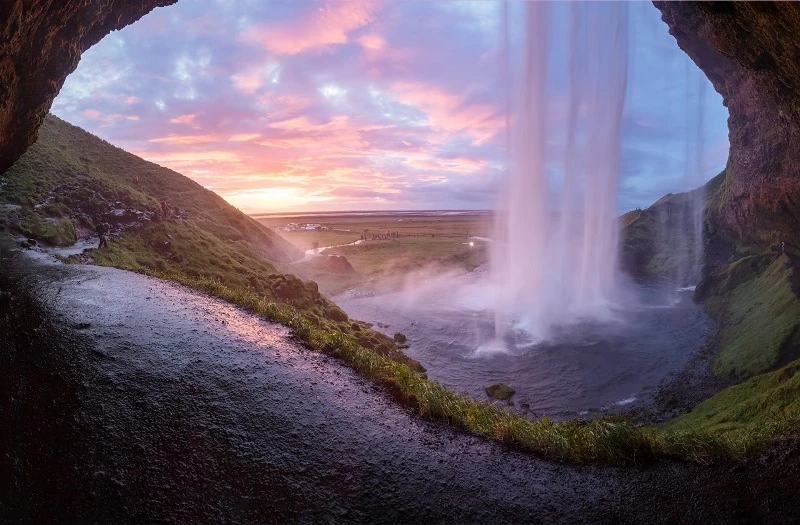
The least expensive season to travel to Iceland is during the winter, outside of the Christmas and New Year holiday seasons. This time of year is marked by bitter cold, short days with little sunlight, and occasionally impassable roads due to inclement weather.
The pleasant shoulder seasons of spring and autumn provide a middle ground between the warm summer months and the affordable winter months. You can still have nice weather and avoid crowds during these shoulder seasons.
Traveling off-peak season also allows you to wait for last-minute deals that can further reduce the cost of your lodging and transportation.
The Best Time To Visit Iceland
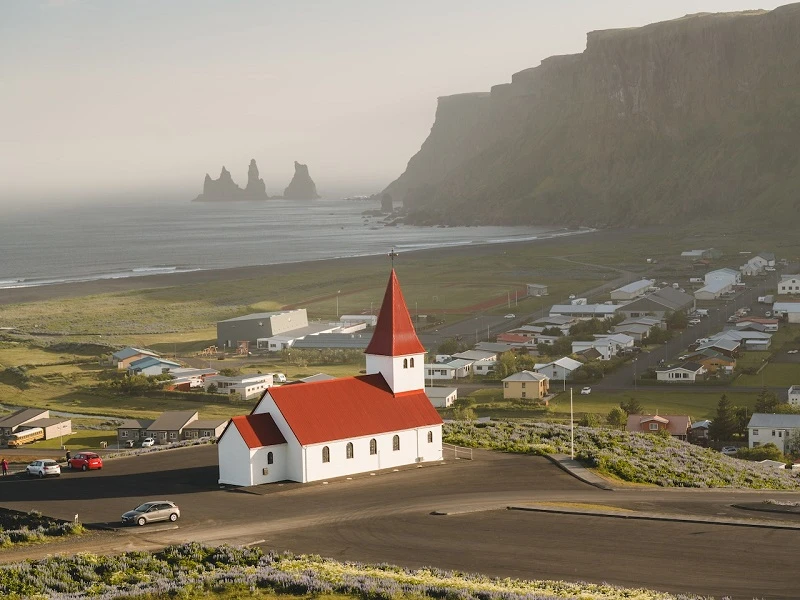
To assist you to find the perfect equilibrium of costs, crowds, and weather, we have compiled all the information for each month of the year.
January
Iceland experiences a chilly, dreary January. Since winds frequently approach gale intensity and average high temperatures are approximately 2°C, it feels colder than it is. There is a decent likelihood of both rain and snow.
There aren’t too many other tourists to deal with at tourist attractions, making it the cheapest time to travel to Iceland. It’s also very much low season.
The days are nevertheless brief and only provide a few hours of daylight for sightseeing. Due to weather conditions, several routes and attractions may be blocked or inaccessible.
February
Although it isn’t significantly warmer in February, there is a lower likelihood of rain and snow. There is more time for touring as the days grow longer.
Unless there is a severe storm, most of the roads should be passable by now. You’ll still benefit from low-season conditions because rates are low and touring is still enjoyable crowd free.
March
March continues to be chilly with sporadic days of rain. Unless you’re going to a higher height, snow is not likely. There is now a greater ratio of daylight to darkness as the days are growing noticeably longer.
Since there aren’t many visitors around, there aren’t many people out sightseeing. As there is a lot more daylight to explore the slopes, this is a perfect season for winter sports in the mountains.
April
In Iceland, the summer season has now officially begun. The landscape turns green as the snow melts, and migratory bird groups begin to arrive.
Although it’s still cold, with highs just in the single digits (Celsius), there is much less rainfall and the days are much longer. April marks the beginning of the main travel season, but prices and crowds are still reasonable.
May
If you want to visit Iceland when it’s not too crowded, expensive, or cold, travel in May. Although a little cool, the days are gorgeous and lengthy, there are fewer tourists, and prices are still reasonable.
The average maximum temperature rarely peaks beyond 10°C, although temperatures are still very moderate. Additionally, the weather may be unpredictable, as it does at all times in Iceland. Unless you’re going to the mountains, snow is doubtful.
June
Welcome to summer! The season for tourists officially starts and lasts for three months. Pros include the greatest weather, nearly unending daylight, a wide selection of trips and excursions, and the best lodging options.
Cons: There are a lot of people and the lodging must all be reserved in advance.
July
Similar to June, July draws lots of tourists with its extended sunny days and comfortable temperatures. The mid-teens is when the average daytime temperature is moving, but it can occasionally be much higher. On occasion, it might lightly rain.
As one of the busiest travel seasons for Iceland anticipates crowded sites, large numbers of visitors, and higher prices. There are several outdoor festivals and celebrations to go to if you’re in town during this time.
August
Southern Europeans are still traveling north for the holidays as the hectic tourist season continues. By the middle of the month, the puffins and some whales have left; by the end of August, the neighborhood children have returned to school, and the nights are getting longer.
September
In September, the days get considerably shorter as we get closer to winter. The amount of rain is greater at this time of year, and the average high temperature is just about 10°C.
Although not assured, the first northern lights observations are currently feasible. This is the off-peak season, so you may take advantage of the less crowded surroundings and affordable rates.
October
In October, the climate starts to feel a lot more like winter. Although it’s only technically autumn, the average highs dip into the single digits, the days are brief, and rain is frequent.
The weather hasn’t yet had an impact on the state of the roads, and the conditions are still favorable for sightseeing. Additionally, you’ll profit from lower crowds and off-peak prices. From October on, it is significantly simpler to see the northern lights.
November
The amount of daylight hours decrease along with the temperature. You’ll need to make wise use of the limited amount of daylight you have. Light rain is typical, and the likelihood of snow increases as you travel further north. The weather may prevent some routes and attractions from running.
Due to the low tourist traffic at this time, sightseeing is enjoyable and stress-free. In November, you might be able to get some excellent lodging rates.
December
Cities are transformed into merry winter wonderlands, with dazzling lights and holiday markets illuminating the gloom of the season. Rain and snow are both frequent throughout this time of year, and daytime highs are typically about 4°C.
Even though there is a slight increase in tourists around Christmas, if you book early, you can still get affordable lodging.
Conclusion
Iceland, sometimes known as the “Land of Fire and Ice,” is a place of extremes and contrasts. No matter what time of year you decide to travel here—whether it’s the height of summer or the dead of winter—each encounter will give you a different perspective on this intriguing island.
The best time to visit Iceland will largely rely on the experiences you hope to have there. It all boils down to finding a balance between seasonal pricing, visitor volume, and weather conditions.
You will enjoy long, sunny days if you visit in the summer, but it’s imperative to make reservations well in advance. Hold out for a last-minute offer if you want to venture off the beaten path and explore outside of the busy season.
Whatever the case, Iceland offers a wealth of experiences. When will you be finished? Do it all over again in a different season for a completely different viewpoint.
